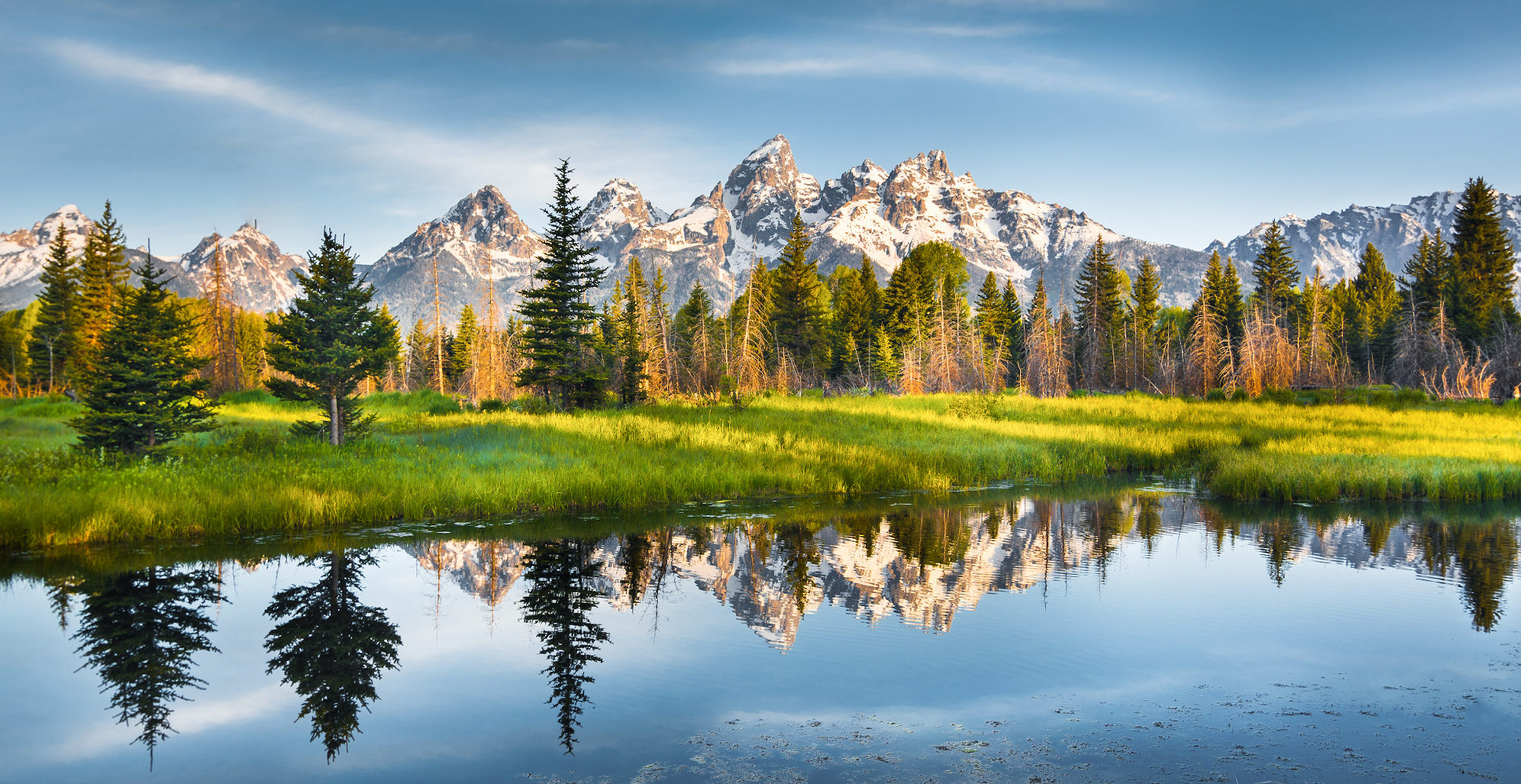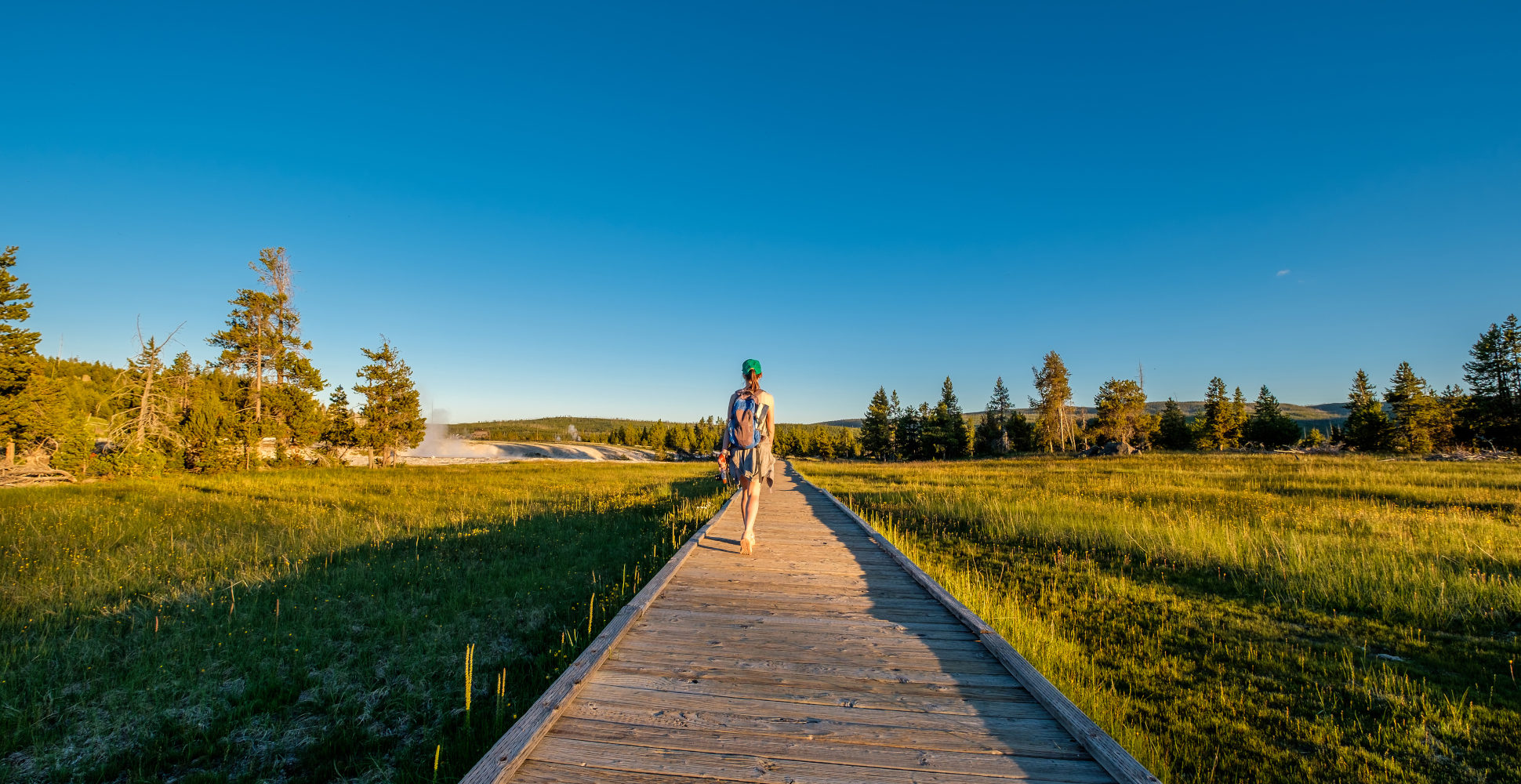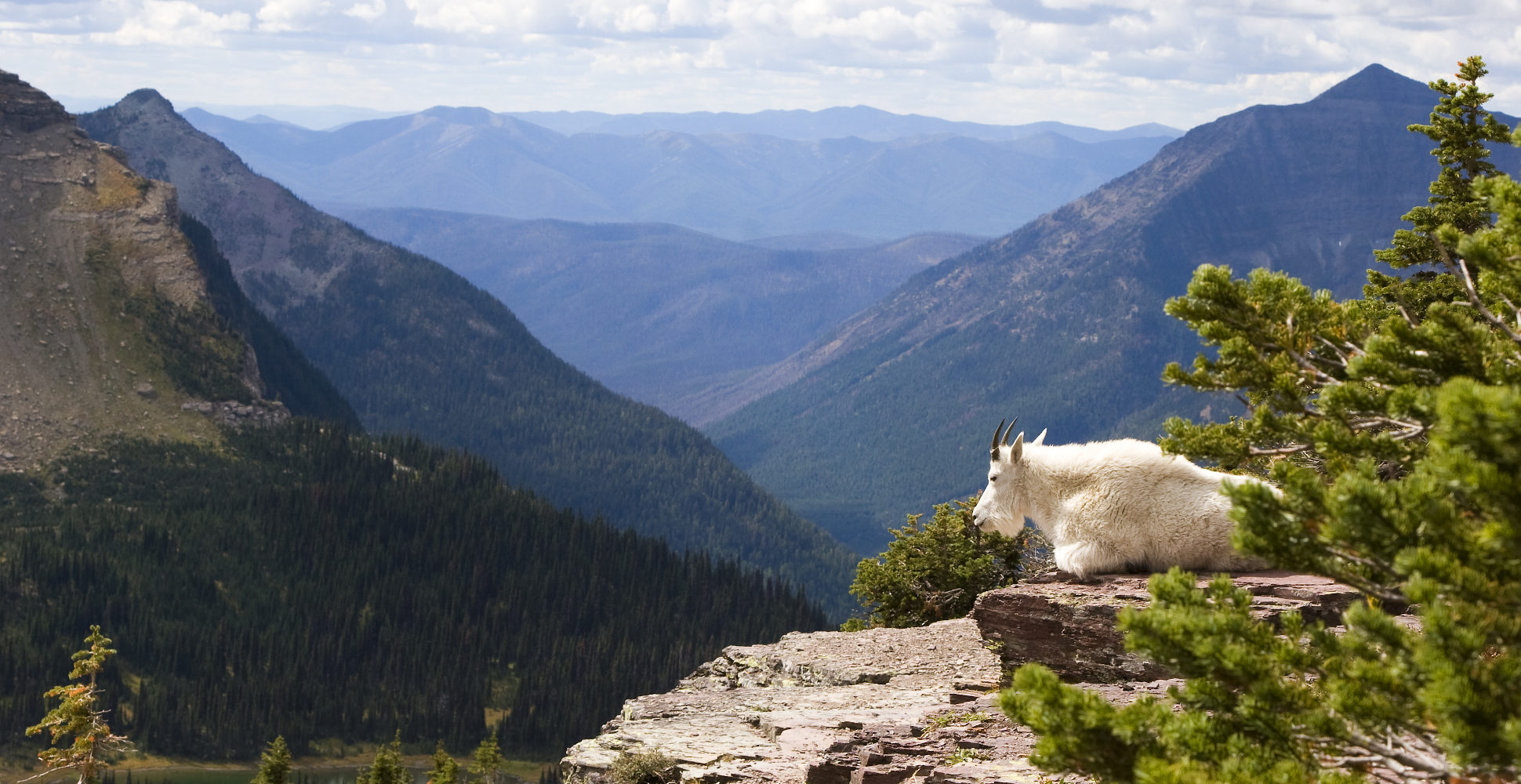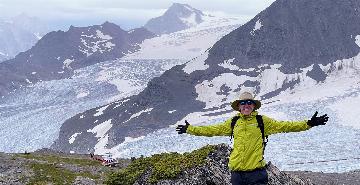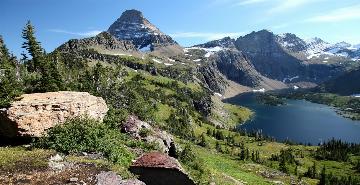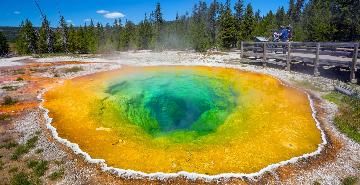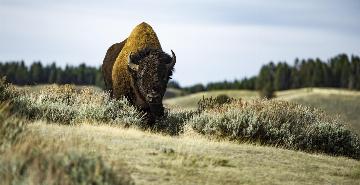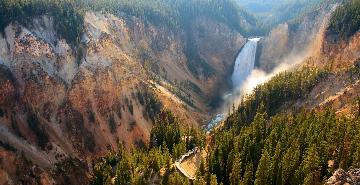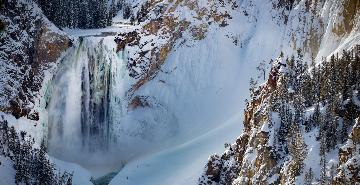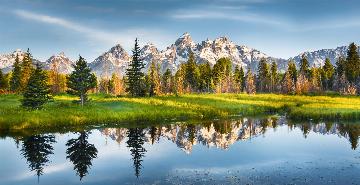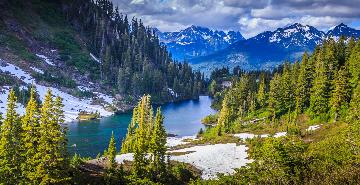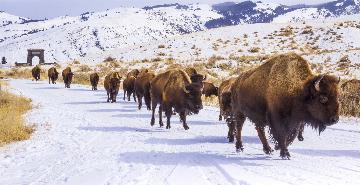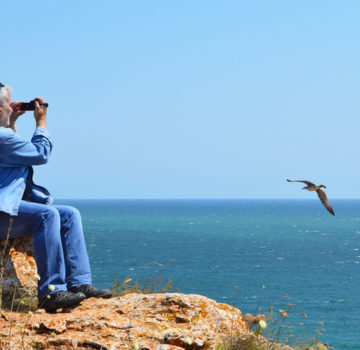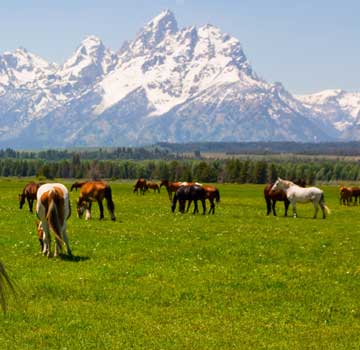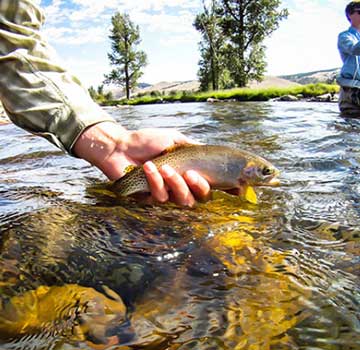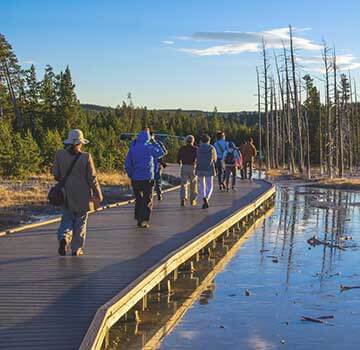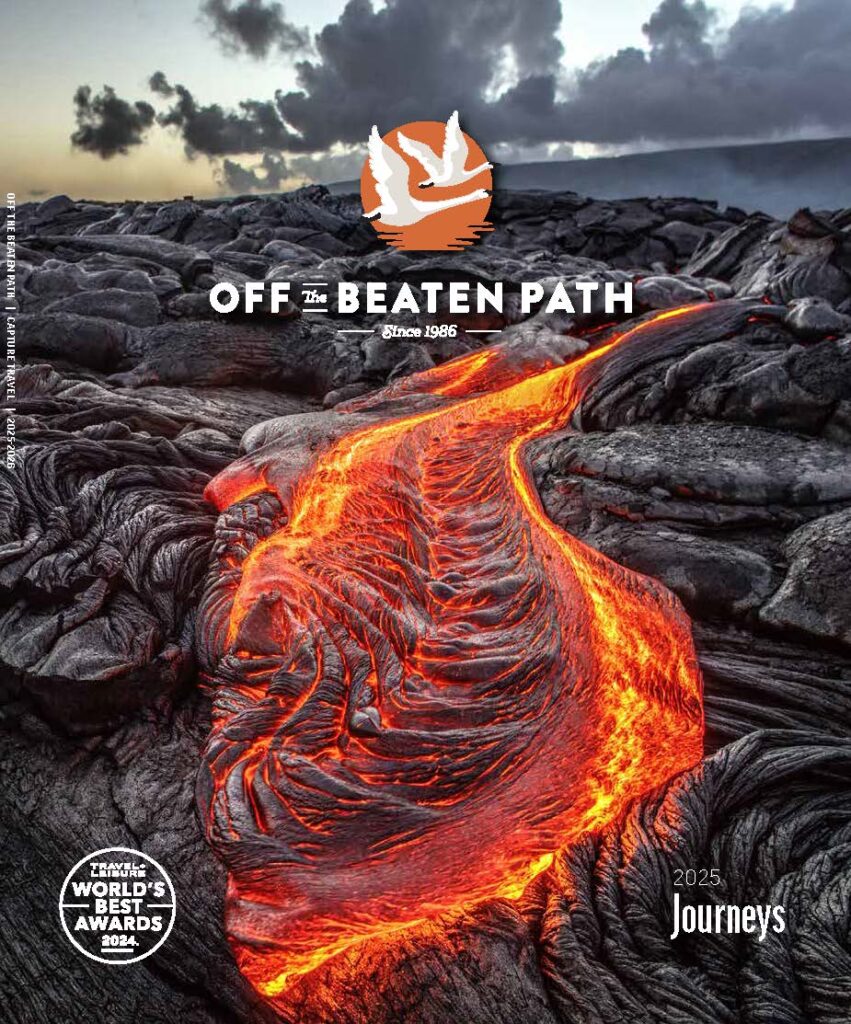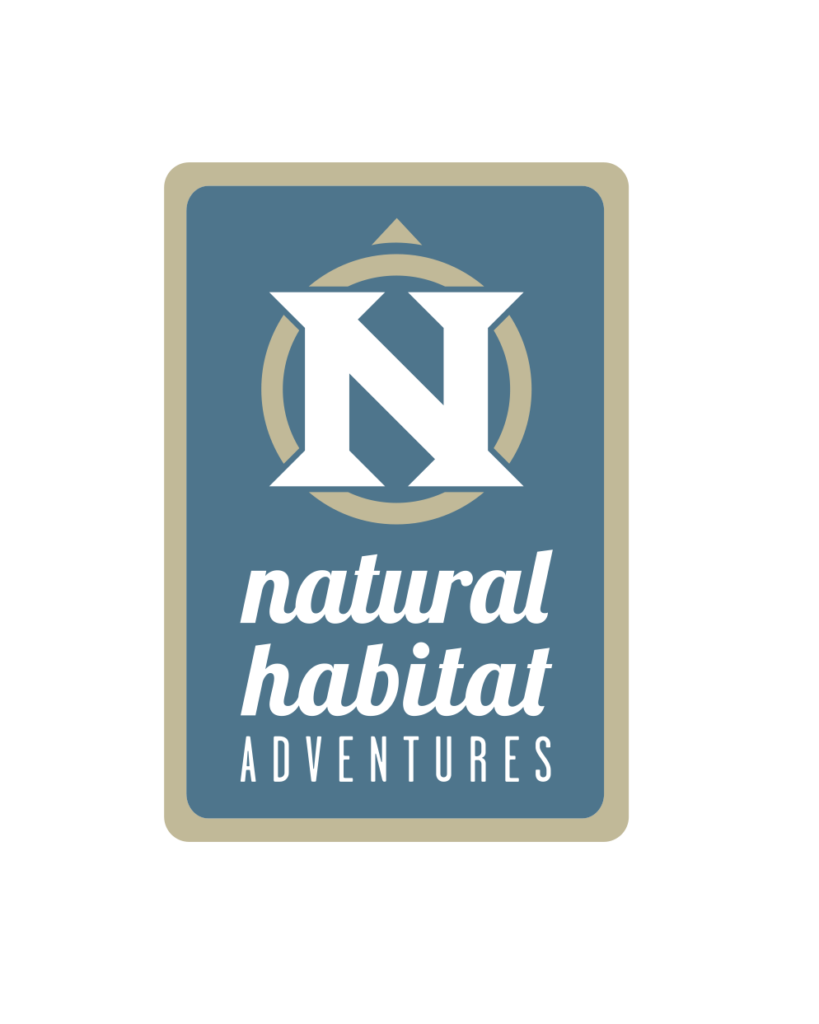On the western half of North America, the rugged Rocky Mountains stretch south from northern British Columbia, Canada, through Montana, Wyoming and Colorado in the United States. The range’s sky-slicing peaks are some of the nation’s highest, and they stand over some of America’s most colorful history: that of the Wild West.
Known for its rich gold ores, cattle drives, cowboys and quiet moments of solace under enormous, star-flooded skies, the West has an adventurous past. And you can come face-to-face with it on our guided tours of the Rocky Mountains by hearing the famous—as well as infamous—stories and standing in the spots where they actually happened.
Choose one of our Rocky Mountain adventure tours, and you could walk the Little Bighorn Battlefield National Monument in Montana, listening to the tales and imagining the scenes as Cheyenne, Sioux and U.S. Army Seventh Calvary soldiers clashed. You may opt to go spelunking in the state’s cool and twisting Lewis and Clark Caverns, or soak and rejuvenate in the mineral waters of Chico Hot Springs. You might gaze open-mouthed at the larger-than-life Crazy Horse Memorial or Mount Rushmore, both carved into the majestic beauty of the Black Hills of South Dakota, or travel the eye-popping Beartooth Highway south to the crowning experience of Yellowstone National Park and its blasting geysers.
Go on one of our Yellowstone Small Group Adventures, and you could soon be zip-lining through evergreens, rafting white-water rivers or horseback riding on a working dude ranch. Venture out at dawn or dusk—prime wildlife watching times—to catch sightings of notoriously human-avoiding animals, such as grizzly bears, deer and wolves. Travel here in winter on Yellowstone's Winter Magic, and you could snowshoe past icy waterfalls frozen in mid-pour, spot frosty elk and bison herds, and be delightfully entertained by foxes pouncing into snowbanks for breakfast. After a full day of activities, warm up with hot chocolate by a crackling fire.
Your Rocky Mountain adventure travels could take you to Glacier National Park in northern Montana and Waterton Lakes National Park in Canada, where you may spy nimble mountain goats clambering up and down rocky ridges. Then, wander through alpine meadows painted with wildflowers, hoping for glimpses of native grizzly bears or wolverines. When your legs need a day’s rest from hiking, relax with fly-fishing in a thigh-deep, sparkling-blue river.
On a Custom Journey in this Rocky Mountains region, we could arrange for you to track wolves with a wildlife biologist. Under the Tetons’ indulgent gaze, you might choose to float the Snake River, watching for moose and eagles, or hike into the alpine zone, searching for pikas and their “haystacks” of stored food. Fly-fish or simply admire the the lesser-known sweet spots within Montana’s wide-banked, winding Madison River.
By Small Group Adventure or Custom Journey, make some daring and swashbuckling history of your own in the high—and highly storied—Rocky Mountains.


